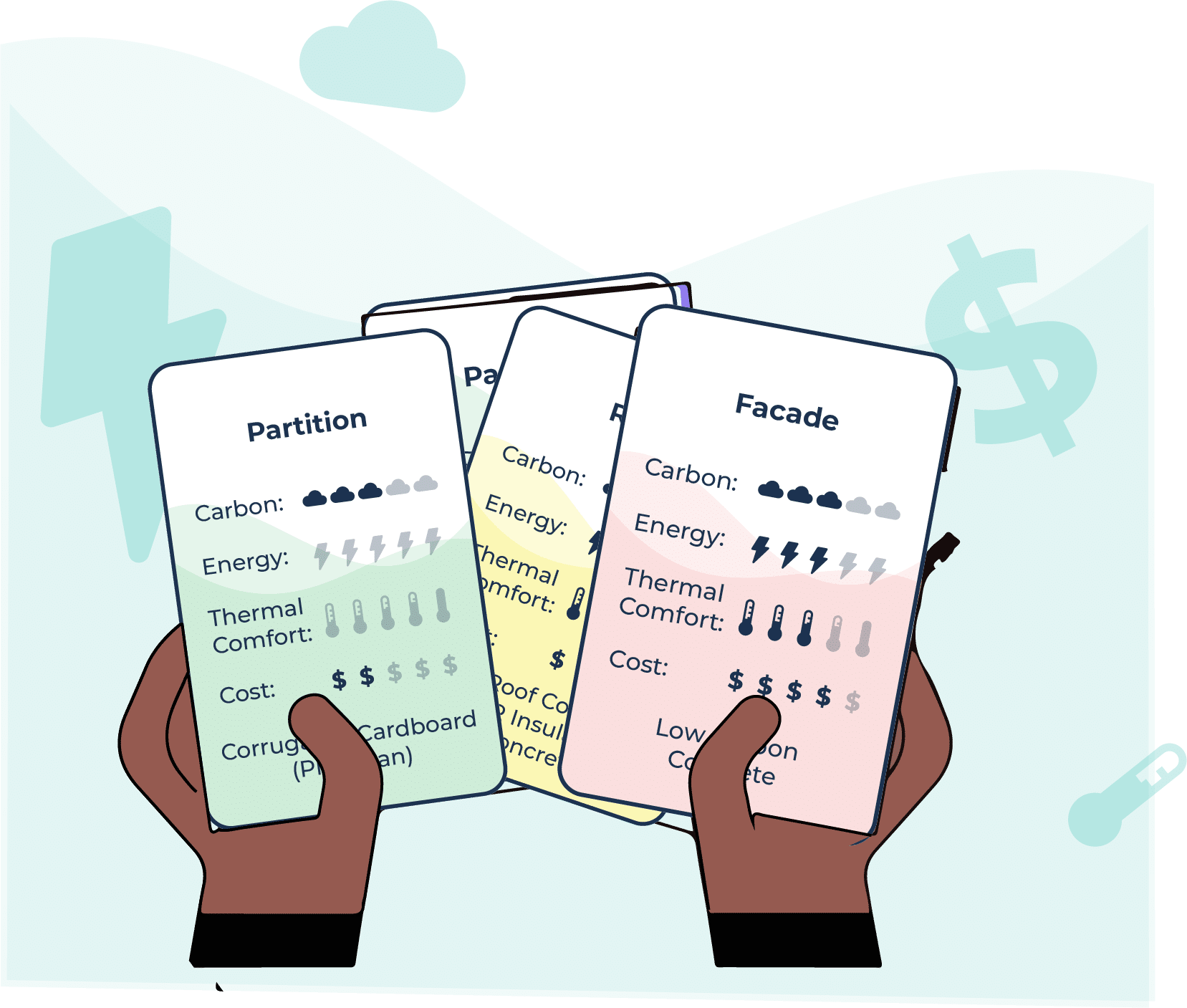#EPBD
|
#LCA
|
#BREEAM
|
#LEED
|
#LCBI
|
#embodiedCarbon
|
#CSRD
|
#SustainableBuilding
|
#EPBD
|
#LCA
|
#BREEAM
|
#LEED
|
#LCBI
|
#embodiedCarbon
|
#CSRD
|
#SustainableBuilding
|
Aim for net zero buildings
- 95% Satisfaction
Future outlook
Discover the platform of tomorrow, a high-performance LCA tool for embodied carbon and CSRD reporting
The world is facing unprecedented environmental challenges. With nearly 40% of global CO₂ emissions worldwide coming from construction, the industry must take fast and reliable actions. Governments tighten regulations, investors demand transparency, and clients expect sustainable solutions.
Carbon emissions is a new parameter that must be anticipated and fully included at every stage of construction projects, from design to the choice of construction products and equipment.
Vizcab is here to help you navigate this transformation with a platform that empowers you to assess, reduce, and manage efficiently the carbon footprint of your projects. It is time to be part of the solution and lead the way to low-carbon construction.
Your data, your building LCAs, your carbon accounting. Simplified
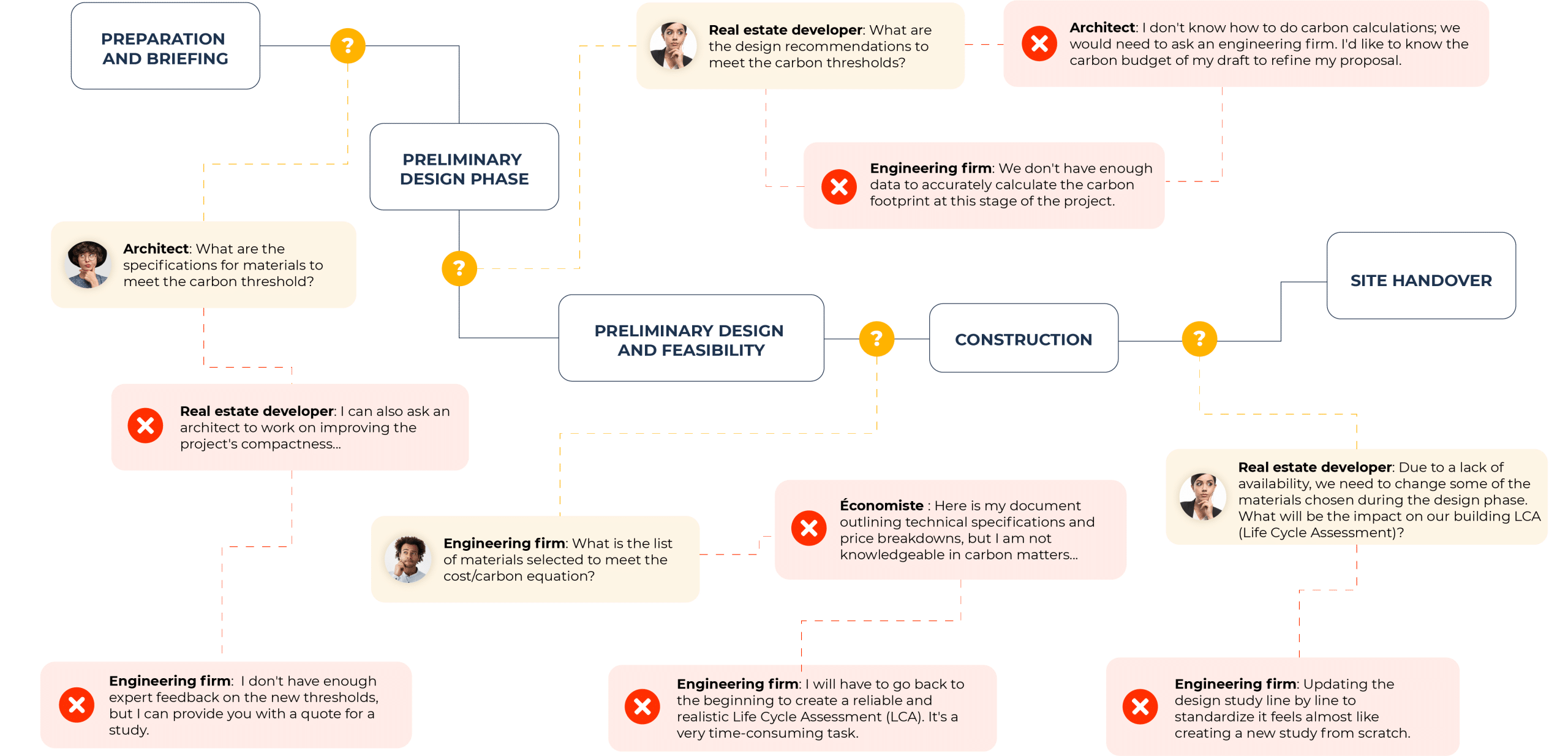
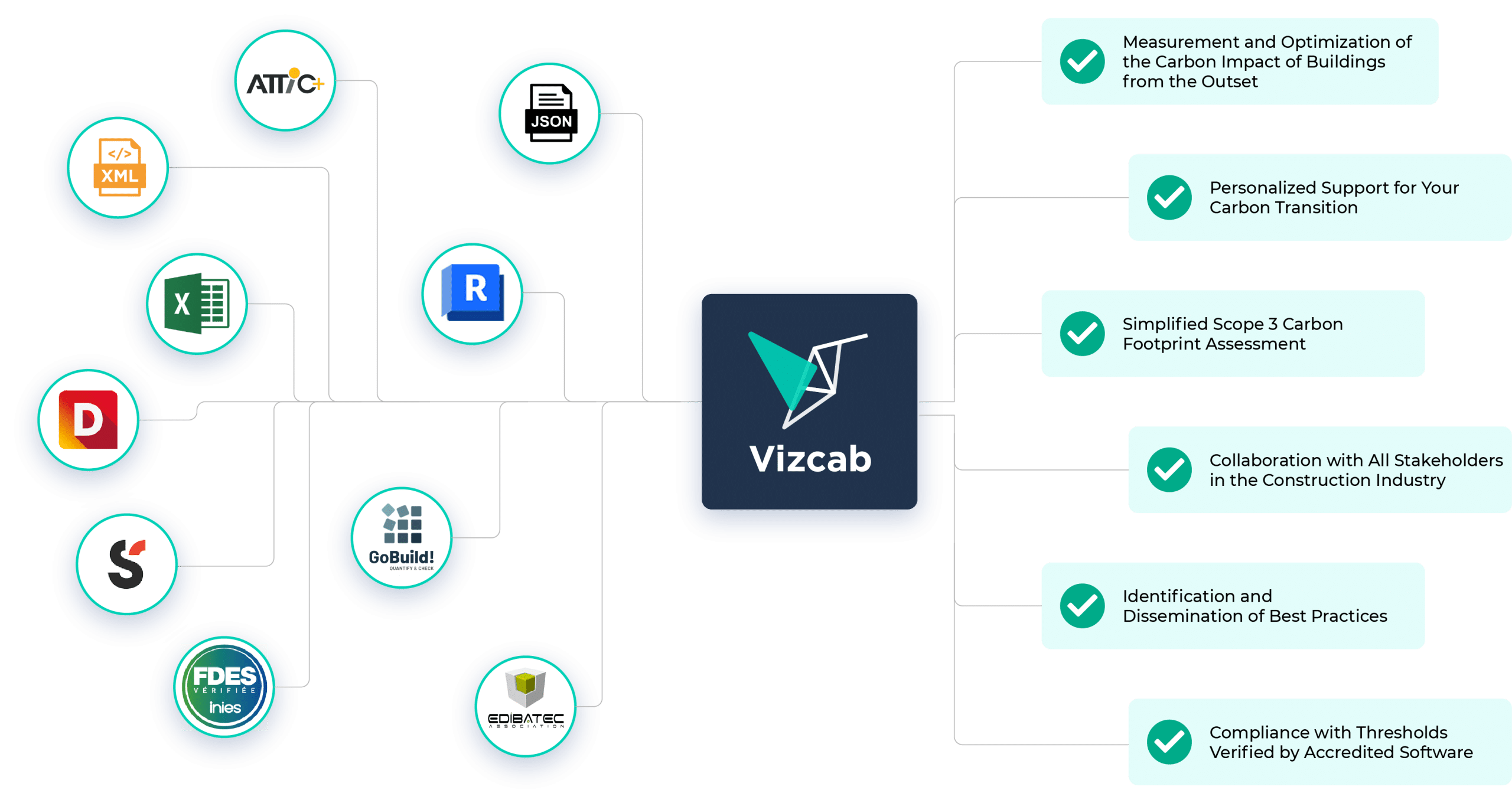
New study!
The 2024 Low Carbon Transition Barometer
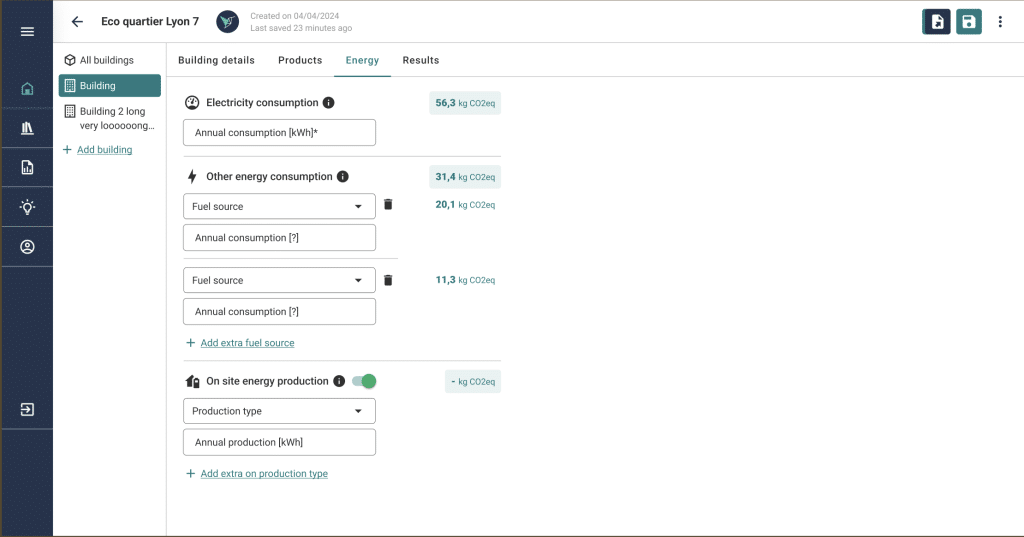
Overview of Life Cycle Assessment (LCA) uses and practices in Europe
Last Webinar!
Navigating European legislation: what the CSRD means for the construction sector
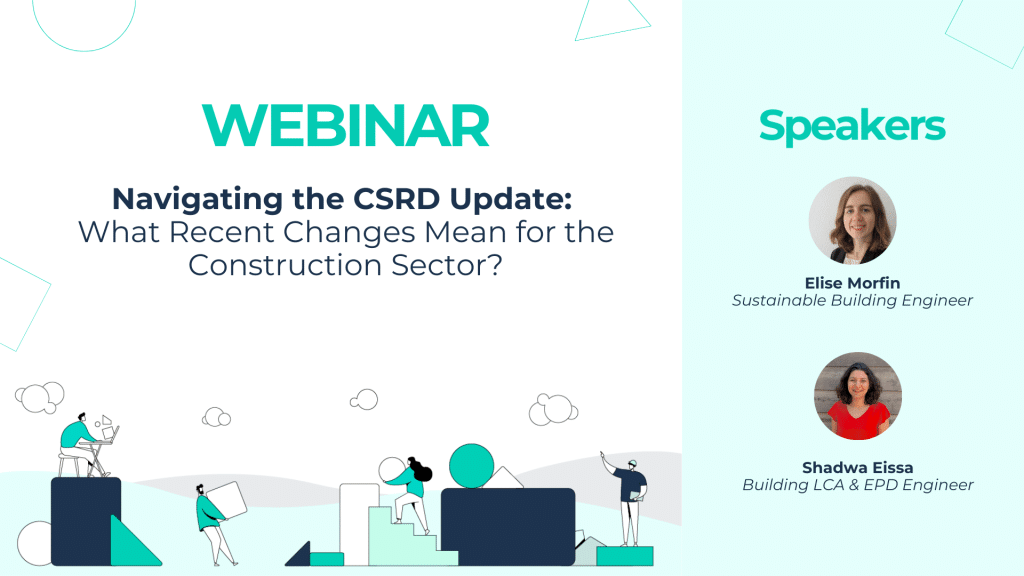
Download the replay to catch up on the key takeaways
New Client Case Study!
Integration of Vizcab Platform into an industry-specific software

How Vizcab successfully integrated carbon data into Espace4’s business software
- Platform
- Campus (free access)
- Add-in Excel
- Game
- API
- White paper
- Blog
- Webinar
- Study Case
- About us
- Platform
- Campus (free access)
- Add-in Excel
- Game
- API
- White paper
- Blog
- Webinar
- Study Case
- About us
Approved by leading construction companies
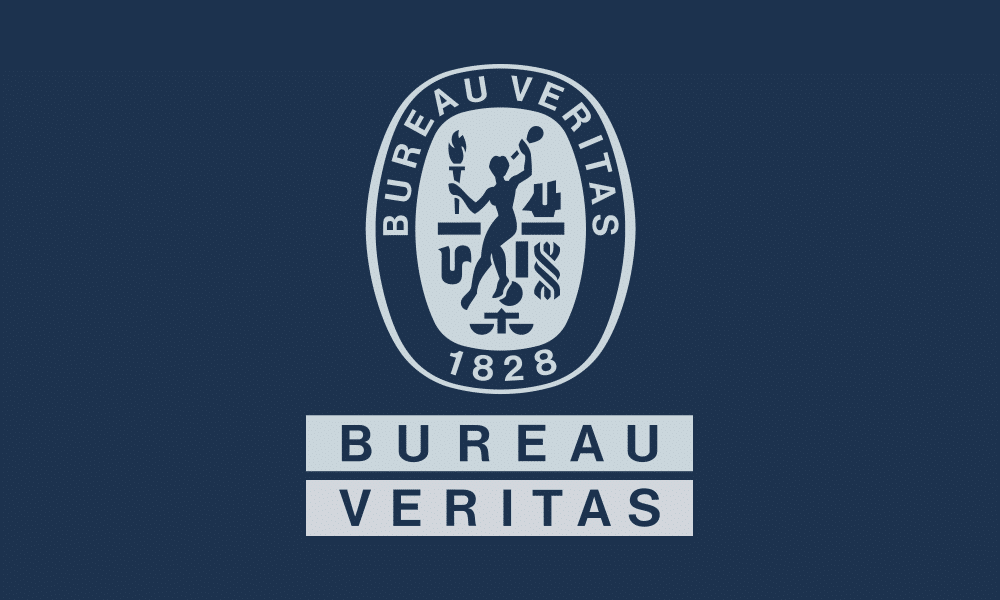


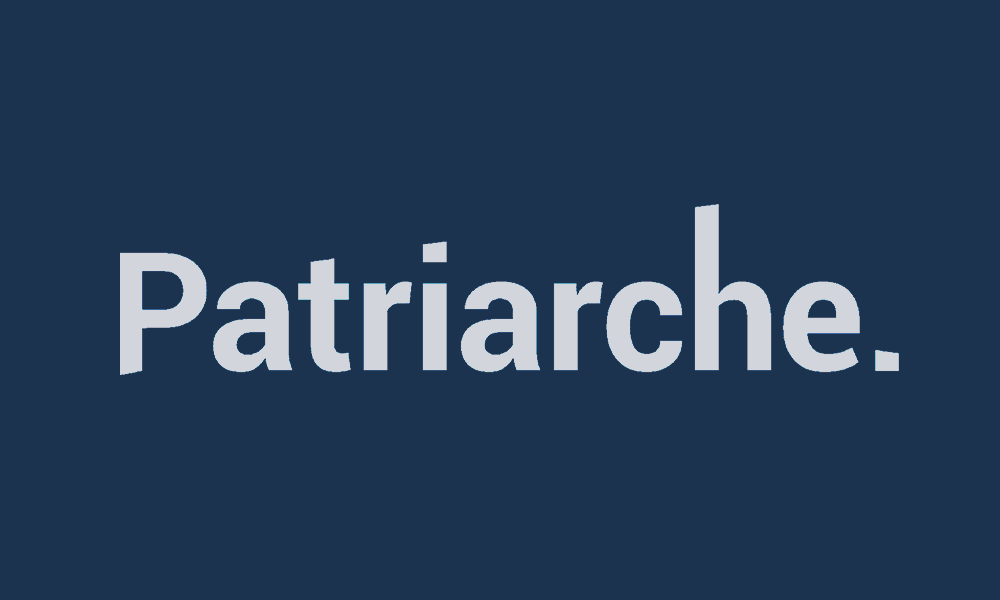
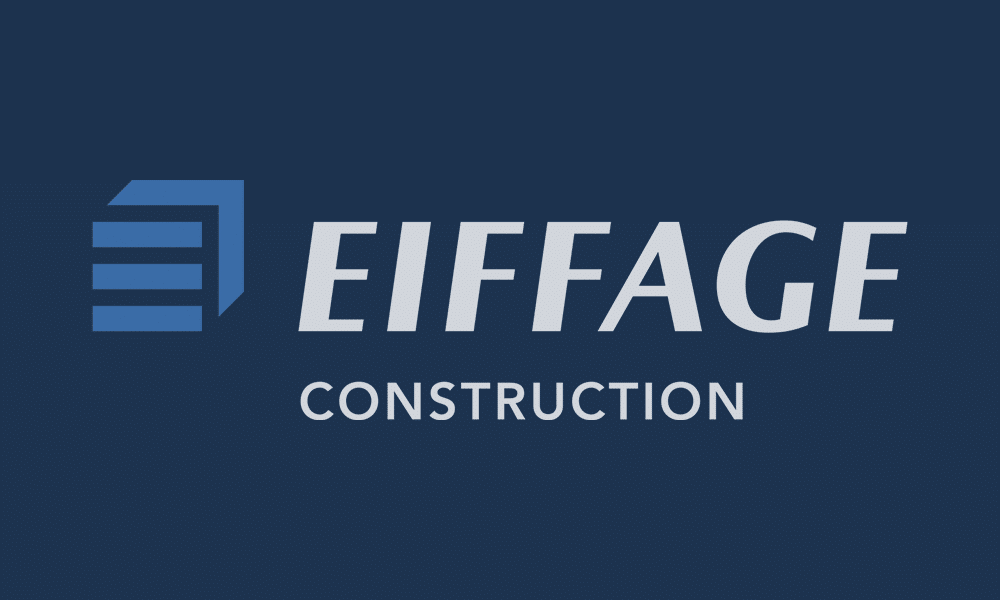

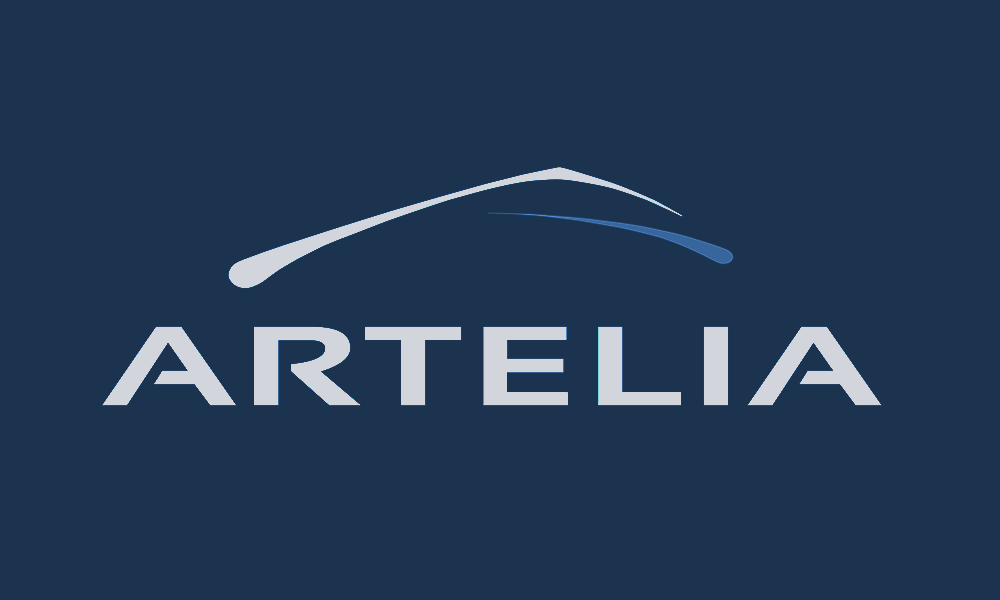


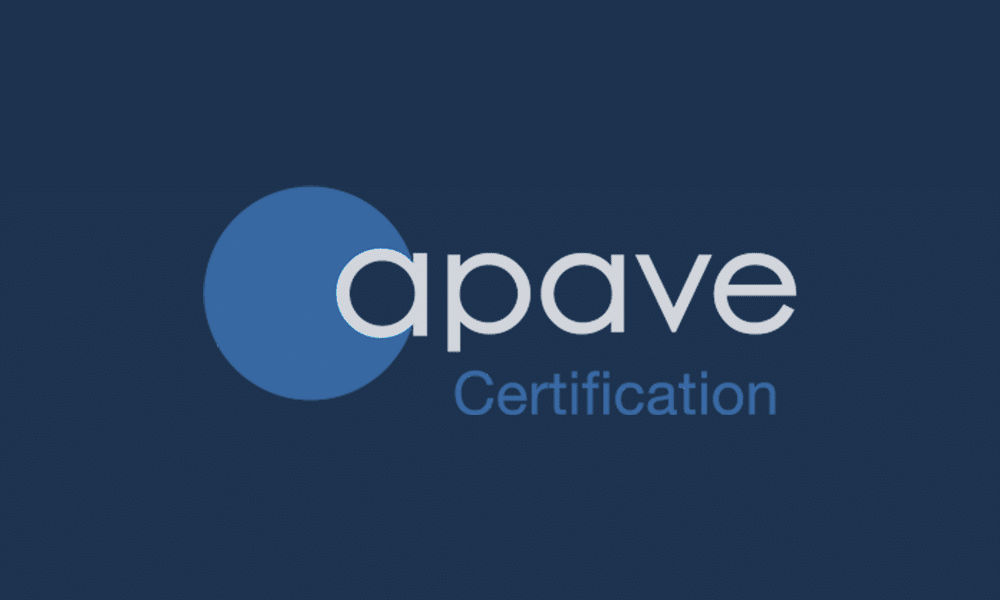
Vizcab platform
Decarbonize the construction industry easily
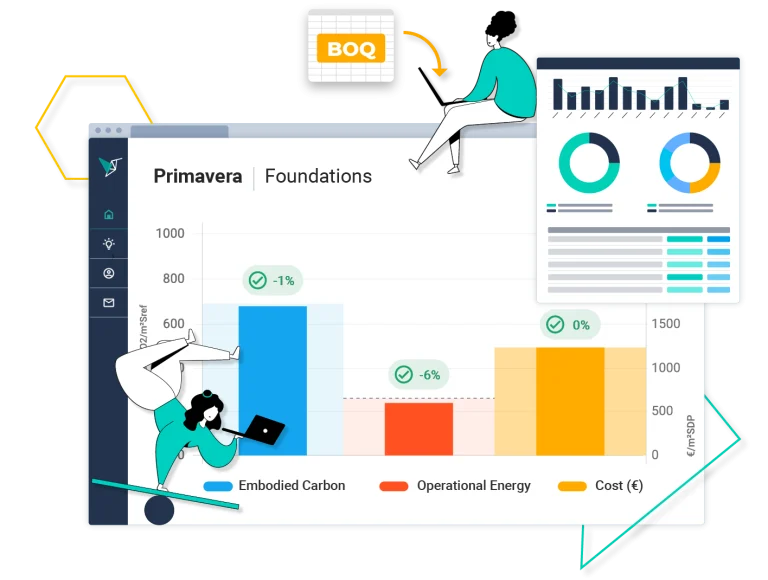
• Create your path to net zero
Experience the simplicity of Vizcab’s intuitive, cloud-based platform—powered by AI to make LCA generation effortless at scale from early design
• Perform LCA faster
Streamline your processes, stay ahead of regulations, and significantly reduce costs—thanks to intelligent automation.
• Sustainability That Sells
Put CSRD reporting at your fingertips and turn compliance into a competitive edge—differentiate your brand and win more business with streamlined, credible sustainability data.
Validated by the Tech community
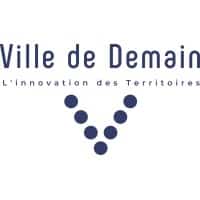


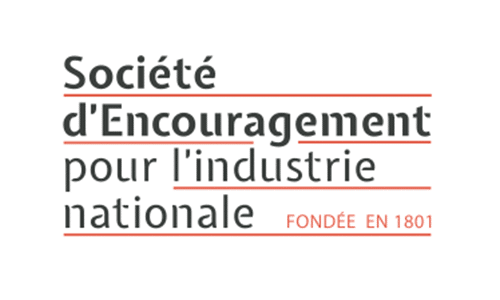
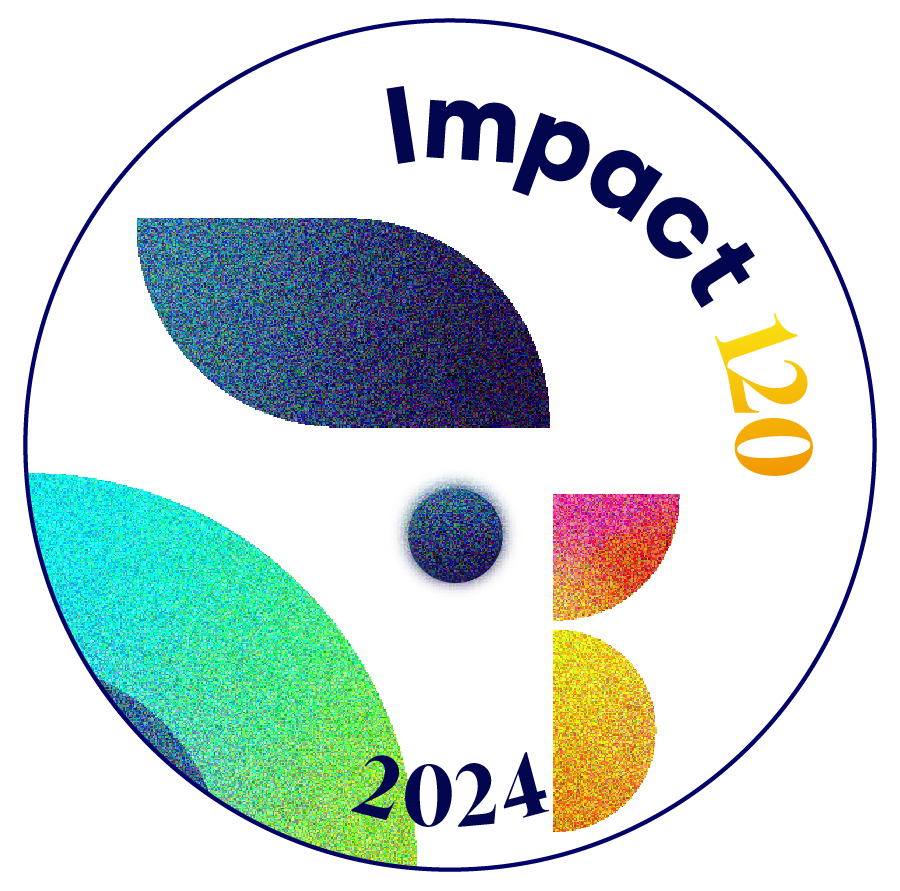





Our team of experts






Thomas Jusselme
Thomas Jusselme, co-founder of Vizcab, is an environmental engineer with a passion for nature and sustainable construction. After earning a Master’s in Industrial Design from Université Technologique de Compiègne, he traveled across 25 countries with Guillaume Lafont to explore best practices in sustainable building. This journey inspired them to co-found Vizcab in 2015.
Alongside his work at Vizcab, Thomas has been deeply involved in academia. He has taught and conducted research at ENSAG, ENSAL, and EPFL, where he led the Building2050 research program. He earned a PhD from EPFL in 2020, focusing on LCA-based methods for low-carbon buildings. Since 2019, he has been a Professor of Building Energy Efficiency at HEIA Fribourg and the Smart Living Lab, with over 60 scientific publications to his name.

Guillaume Lafont
Guillaume Lafont is the co-founder and CEO of Vizcab. With a dual background in engineering and entrepreneurship (Environmental Engineering at Lyon 1 University and EM Lyon Business School), he has built a strong track record of launching and growing innovative companies.
In 2006, he co-founded exndo architectures, where he was responsible for business development, working closely with the founder to serve residential and commercial developers, landlords, builders, and local authorities.
That same year, he also co-founded Milieu Studio, an engineering firm specialized in low-carbon building design, energy engineering, building physics, and environmental quality certification, where he led administration and business development for over 12 years.
In 2015, building on this entrepreneurial experience, he co-founded Vizcab, a web platform helping construction and real estate stakeholders accelerate the carbon transition of their projects while optimizing construction costs.
Our VCs
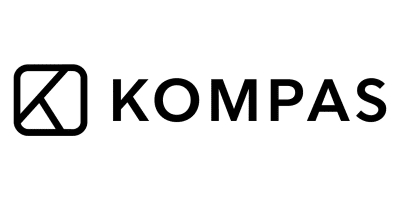
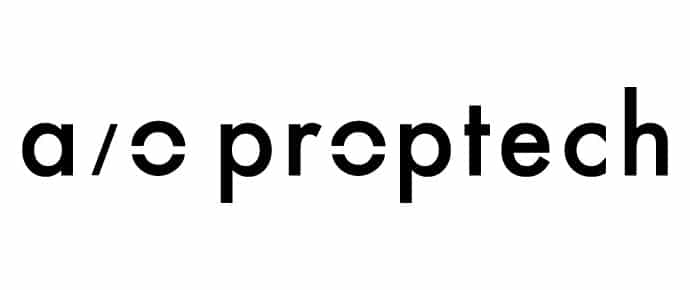

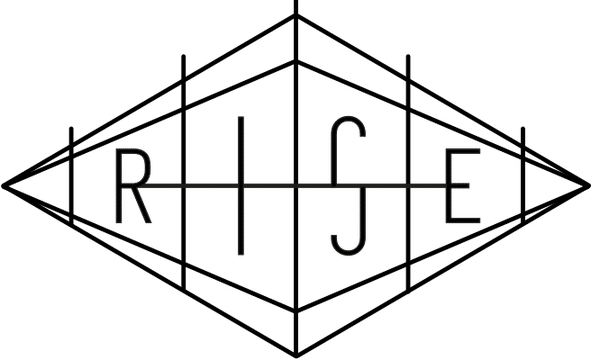

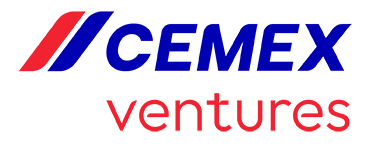


Objective Net Zero
Play Your Way to the Most Sustainable Building
Low-carbon construction introduces a new factor that must be considered by all stakeholders while minimizing its impact on other metrics or outcomes. In this game, you will have to make the right choices when selecting architectural methods or balancing the cost and carbon impact of your construction. Will you be able to convince your teammates to make the right decision?
